Here is my third installment on container gardens with selecting a container based on size and scale. This post has taken me over a week to write as I found explaining scale outside a specific environment tricky. You see images of amazing containers, but its difficult to judge the exact size of a container based on the size of plants alone. Since you want the investment in your vessel last for years, getting the right size is important. Hopefully below I am able to give some guidance in selecting a good size.
First, in selecting a container there are four features to evaluate, including size. All of these are factors you need to evaluate before you start with the artistry in building the plant pairings for your container.
- MATERIAL. There is a wide range of materials to select from including metal, wood, pottery and composites. The choice of material will also depend on where you live and if the containers need to remain outdoors year round in addition to personal preference.
- STYLE. From modern to Victorian, rustic to mid century there are no shortage in container style choices. These can either reflect the architecture of the surrounding buildings/gardens or be chosen for a distinct contrast.
- PLACEMENT. The beauty of containers is their ability to be placed anywhere. Given their dramatic quality, containers are often used to highlight key areas like focal points and entrances or hide other flaws.
- SIZE/SCALE. This is the trickiest factor in selecting container, especially when ordering from a thumbnail. Larger containers allow you to add mature plants and more plantings compared to smaller containers. They also take up a bigger footprint so are harder to place. You need to consider the depth and opening width of the container and if it will work with the planting style you like.
For size you have to evaluate both the WIDTH and HEIGHT of the container.
WIDTH: Start with measuring the area you want to place the container. If next to a door, this would be the landing or steps. You are often limited with space on porches so the width will need to stay with in this area. If on the edge of a patio or large area, you have more range in the size you can use. Pick a width that allows some movement around the container to accommodate traffic.
HEIGHT: There is more flexibility in the height of a container. Look for a height that will be noticed in your chosen location, low bowls next to doors might be outside visitor’s sight lines. (Note that you will fill with plants so the height will be even taller). Also consider the best depth for the root structure (trees like deeper containers).
Here is a comparison of eight different containers next to a standard door (the door to our nursery). Using a standard door, you can see how the size of each container compares. If you have a specific container in mind, you can compare against these to see what it will look like next your door.
Here are two items to keep in mind while selecting the container:
A MINIMUM SIZE: Generally, I stay clear of containers smaller than 12″ wide. The smaller containers require more frequent watering and do not make a big impact on their own. If you are looking to make an impact, look in the 20″ wide range or bigger. You can then add smaller containers to make a grouping, but I recommend starting with the main focal container first and then add on with the smaller containers.
RULE OF THREE: If you are going to make a grouping, aim for three containers in three different sizes. The three containers will make a bigger foot print. Play with three different heights and a mix of shapes or material.
GOOD RESOURCES: Here are some great resources for purchasing containers if you are looking for vendors that are easy to order/purchase and have a great selection of quality and unique containers. There are also great to the trade resources that are available at your local garden centers, but the five listed below are accessible to everyone and a good place to start your search.
Crate & Barrel: I have used personally and for clients containers from Crate & Barrel. The feature modern shapes, and from year to year include some larger scale containers. They also offer a range of materials. It is also nice since you can see these often in person at a local store before purchasing. This photo features Crate & Barrel containers purchased a few years ago.
This is a series of six Crate & Barrel containers purchased three years ago that are placed along a low retaining wall in a pool area.
West Elm: I like West Elm containers for the same reasons as Crate & Barrel; modern, range of sizes, can see in person and range of materials offered at great prices. This season in particular I really like the shapes and range of sizes offered. I have also used these at home/clients and they have lasted season to season.
We planted a Monstera deliciosa in this West Elm container, and bring in doors every winter. He has been happy in this container for the past three years with his in/outdoor lifestyle.
Detroit Garden Works: This is my go to resource for unique and quality containers for clients. We make the drive north 1-2 times a year to buy something for a client. Deborah and Rob have an amazing eye for finding the best items from the USA and Europe. We are really fortunate to have such a great resource close by. They ship across country, but their site is a great resource for window shopping for types of containers you like.
Here a photo is the same container from Detroit Garden Works in the summer and fall that is planted with a Japanese Maple Tree and grouped with smaller containers. The scale of this planter very tall (about 10 feet with the tree), but matches the scale of the home. The clustering of smaller seasonal containers gives freshness, for the year round container design.
Restoration Hardware: I have used Restoration Hardware containers for both clients and currently at my in-law’s home, and the quality for metal containers is really great. We can leave these containers outdoors year round (with below freezing temperatures) and they hold up for going on 5 years. The styles offered are more traditional and come in very large scale sizes that are often needed depending on the scale of the home.
This is a pair of the Restoration Hardware Estate Zinc Paneled Planters flanking the front stairs of this home. These are the Large size at 28″ sq., 28″H. We planted with a tall banana to bring the height of the container in line with the front door that is four steps higher. This sizes also allows us to fill with plenty of under plantings to keep the container full.
Terrain: Terrain carries the vintage and exclusive containers that showcase the, Oh I have had this container forever (but really just purchased). They are also plants people so offer a range of containers for different plants and uses. If you are privileged enough to live near the Glen Mills or Westport locations, you have the added benefit to build your container with plants while you are at the store to take home and plant.
Here is a pair of 16′ x16′ Fiberclay Barrel pots designed based on the difficult to come-by (unless you want to pay $200 plus) zinc Dolly Pots. I have had great luck with Fiberclay pots holding up to our freezing temperatures from year to year, and at $78 for the large is a good value.
I hope you find information on scale and size helpful in selecting a container. It’s most important to select something you love and will enjoy, and if that breaks all rules who cares.
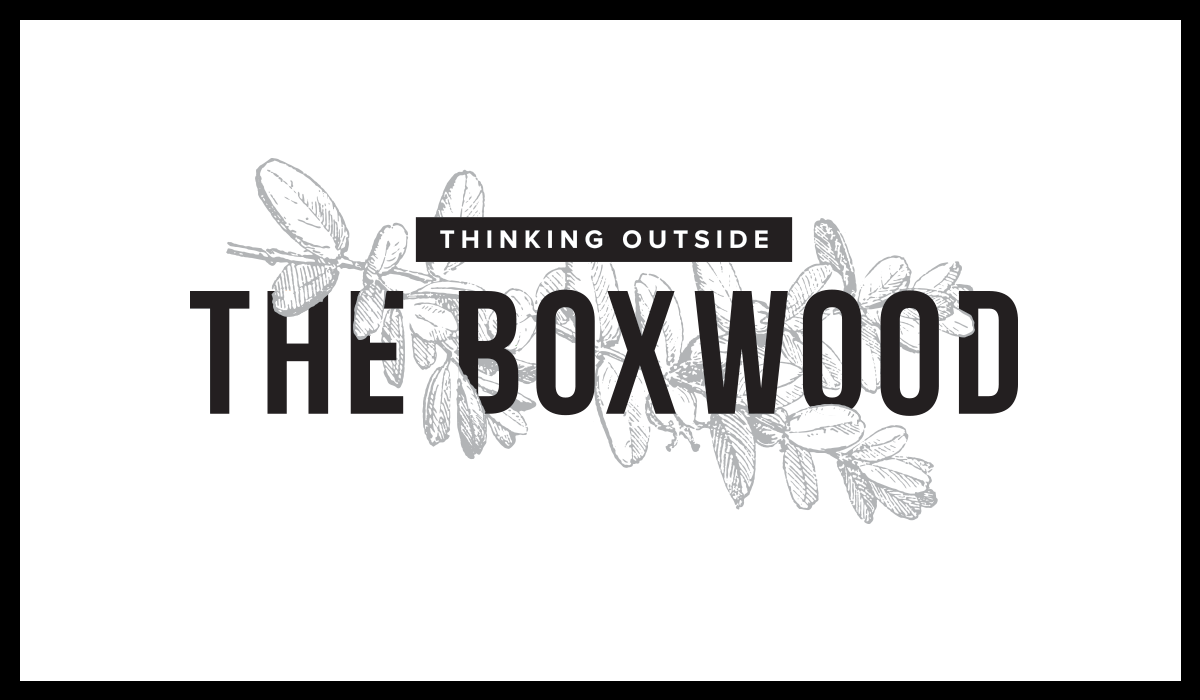
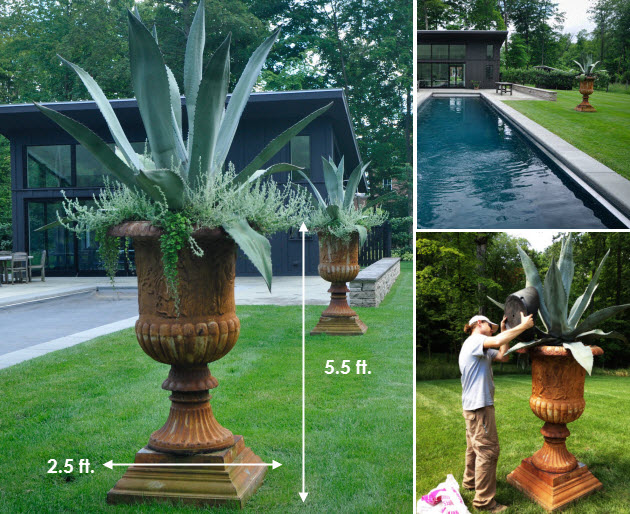
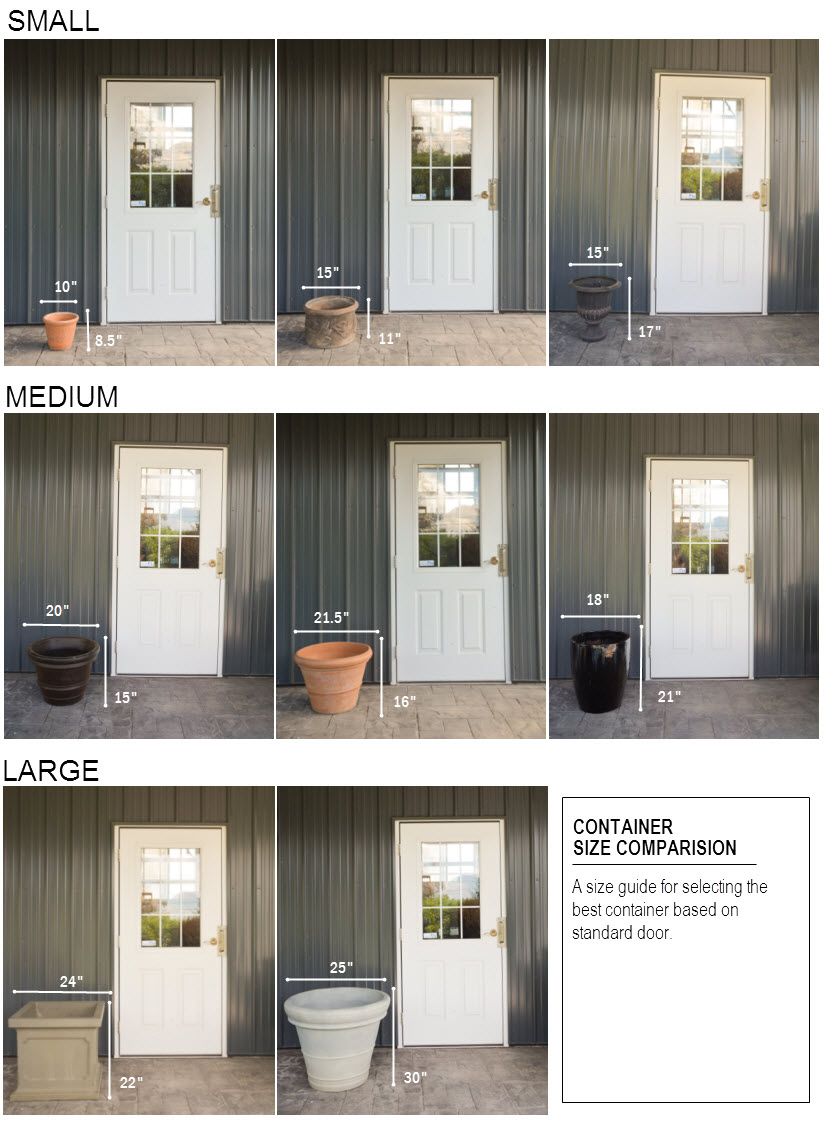
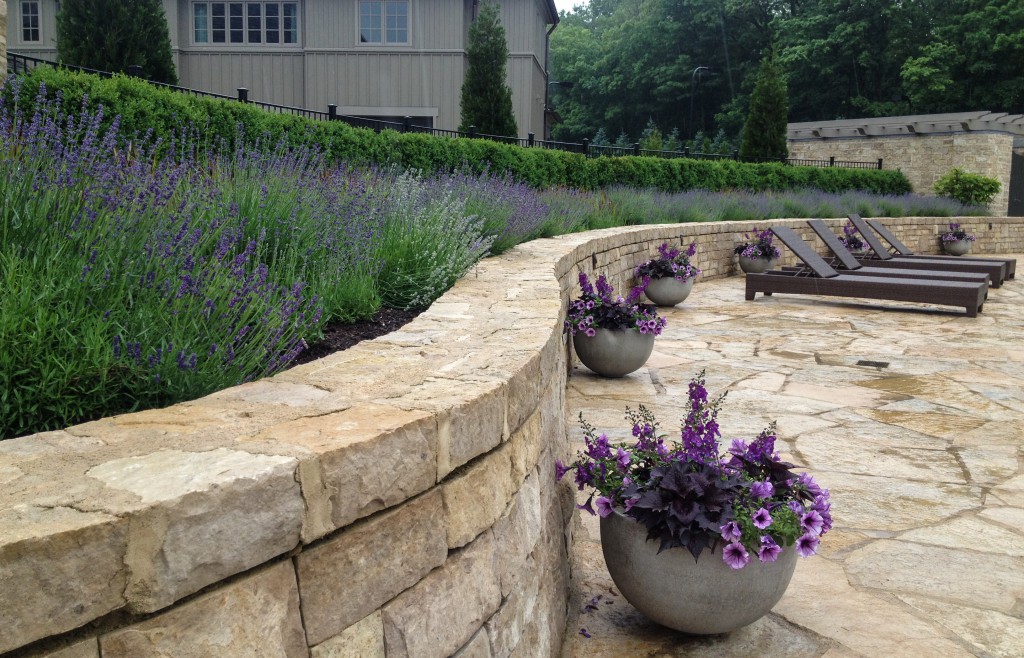
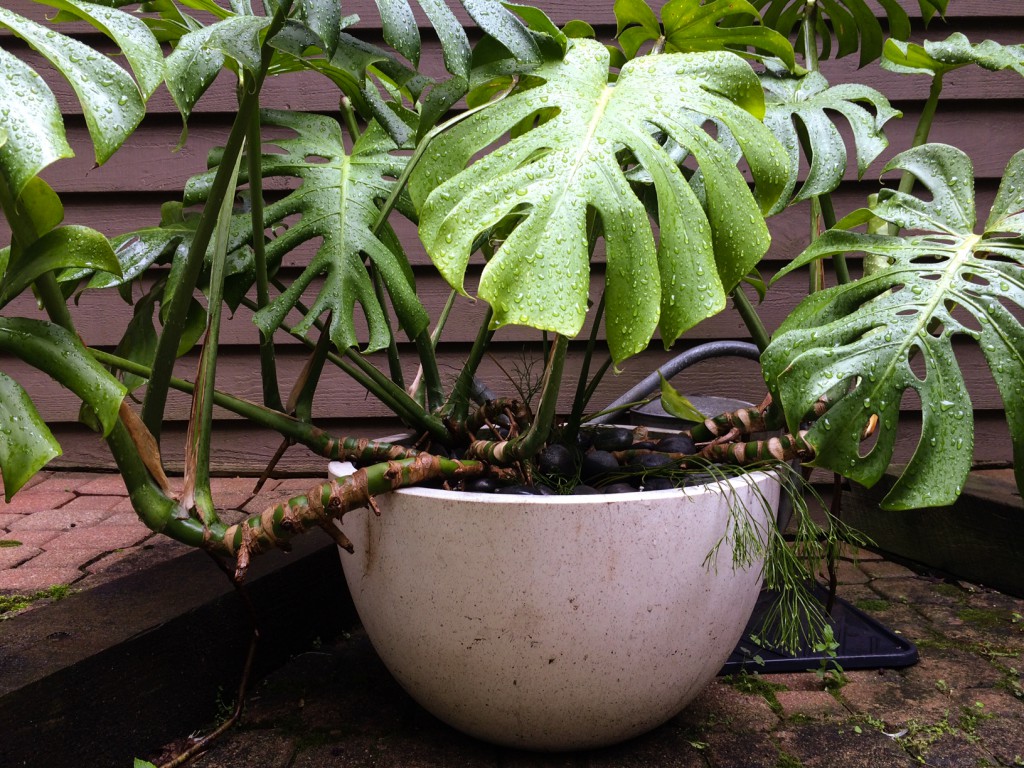
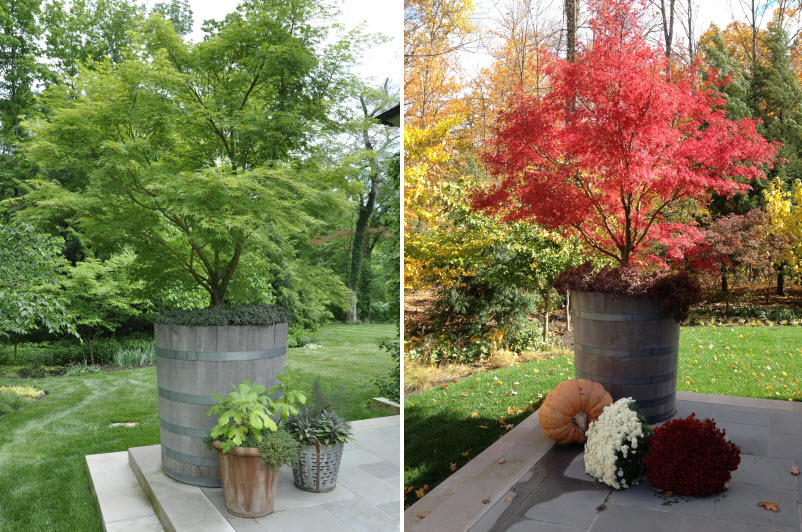
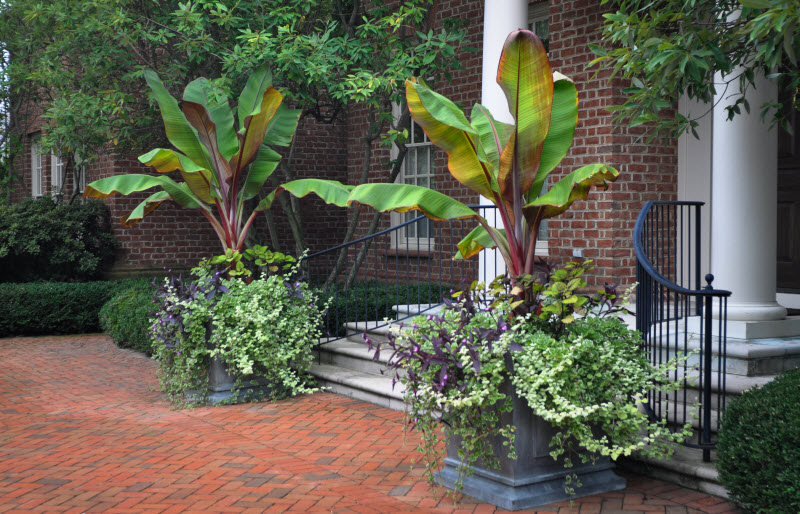
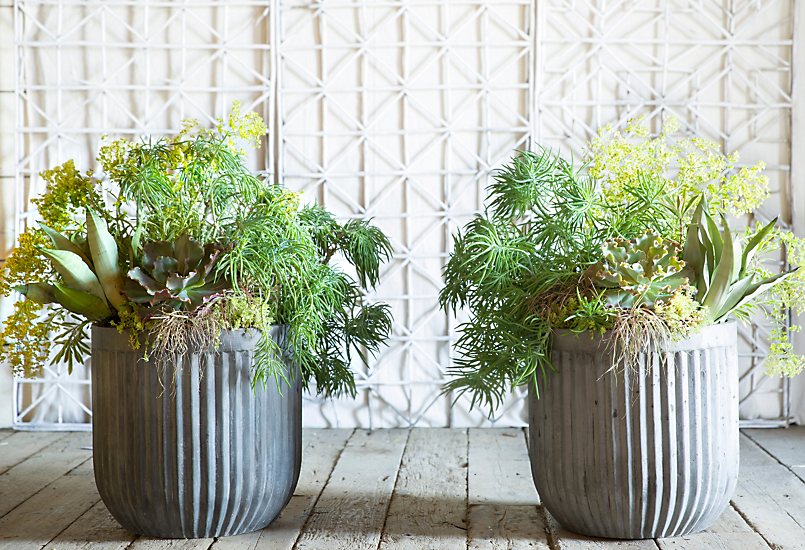
This was very helpful, especially the photos of the different sizes against your nursery door. Thank you!
Agreed!
Similary, top level layouts are set on container widgets ( QGroupBox ) or on pages of page-based container widgets ( QTabWidget, QToolBox and QStackedWidget ), respectively. The container widget needs to be selected for this to succeed.
Shapes can be rotated directly using the selection tool. Other components cannot be rotated in this manner. To rotate a shape, first select it using the selection tool so that you see the resize handles around it. Then simply click on it once again and you’ll see the rotation handles appear. Clicking (but not double-clicking) on selected shapes toggles back and forth between the resize handles and the rotation handles.
The layout object can be selected and placed within another layout along with other widgets and layout objects to build a layout hierarchy.
Pingback: Koopgids: Beste verticale tuinpotten voor een compacte moestuin - Goedkoopste Prijzen